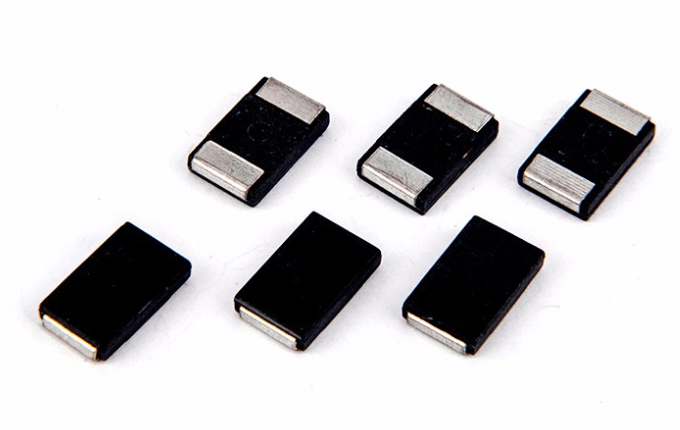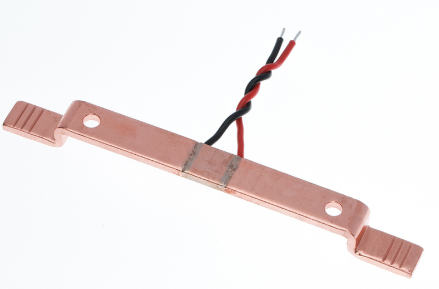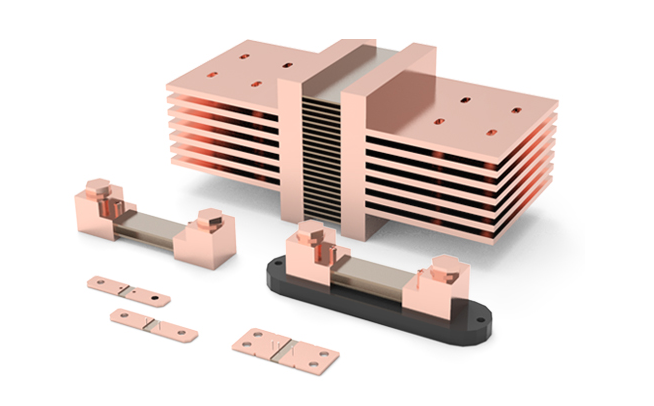
In the realm of electrical engineering, accurate current measurement plays a vital role in numerous applications, ranging from power electronics to renewable energy systems. Shunt resistors are commonly used to measure current by measuring the voltage drop across them. However, it is imperative to emphasize the importance of accurate shunt resistor selection and calibration to ensure reliable and precise measurements. This blog post aims to highlight the significance of these aspects in the field of current measurement.
1. Shunt Resistor Selection:
Choosing the right shunt resistor is crucial as it directly affects the accuracy and performance of current measurement systems. Several factors must be considered during the selection process:
a. Resistance Value: The shunt resistor's resistance value should be chosen carefully to ensure that the desired current range falls within the linear range of the resistor. Selecting a resistor with a resistance value too high or too low can lead to inaccurate measurements and potential measurement errors.
b. Power Rating: Shunt resistors must be able to handle the power dissipated during current measurement without significant self-heating. Choosing a resistor with an appropriate power rating ensures reliable and stable measurements.
c. Temperature Coefficient: Shunt resistors should ideally have a low temperature coefficient to minimize any deviations caused by temperature variations. Resistors with low temperature coefficients provide enhanced accuracy and stability in different operating conditions.
2. Shunt Resistor Calibration:
Calibration is a critical process that ensures the accuracy of shunt resistor-based current measurement systems. The following factors should be considered during calibration:
a. Traceability: Calibration should be performed using standards that are traceable to internationally recognized measurement standards. This ensures the accuracy and reliability of the calibration process.
b. Measurement Setup: The measurement setup used during calibration should be carefully designed to minimize any potential errors. Factors such as lead resistance, contact resistance, and thermal effects should be taken into account to achieve accurate calibration.
c. Calibration Interval: Shunt resistors should be periodically calibrated to maintain their accuracy over time. The calibration interval may vary depending on the specific application and the level of accuracy required. Regular calibration ensures that the measurements remain within acceptable limits.
Conclusion:
Accurate shunt resistor selection and calibration are essential components of any current measurement system. The proper selection of a shunt resistor based on resistance value, power rating, and temperature coefficient ensures the accuracy and reliability of current measurements. Additionally, periodic calibration using traceable standards and a well-designed measurement setup helps maintain the accuracy of the system over time. By understanding and emphasizing the significance of these aspects, engineers can achieve precise and trustworthy current measurements in various application domains, ultimately contributing to the advancement of modern electrical systems.
-

Precautions for purchasing SMD
With the development of science and technology, our electronic components have b...
2023-03-19 view+ -

What is the BMS shunt
In BMS applications, the shunt is used to measure the total current of the batte...
2023-04-07 view+ -

Automotive shunt resistor Shun
A Shunt Resistor is an automobile current detecting resistor, an automobile shun...
2023-03-25 view+ -

More than 10 Chinese cities al
The ministry issued draft guidelines to encourage the use of driverles...
2022-08-26 view+


